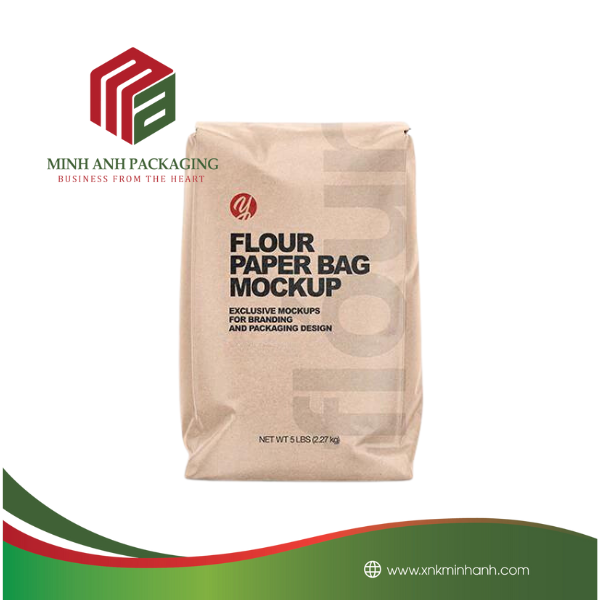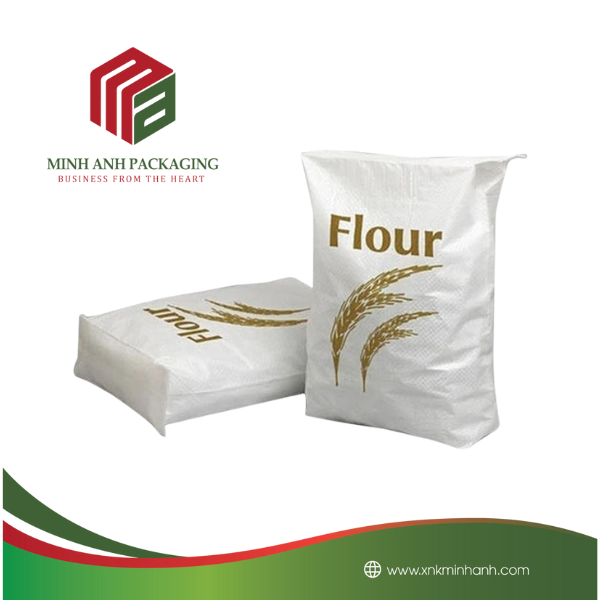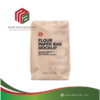Choosing the Right Adhesive Bag for Your Flour Packaging Needs
When it comes to packaging flour, choosing the right adhesive bag is crucial to ensuring the quality and freshness of the product. With so many options available on the market, it can be overwhelming to determine which type of bag is best suited for your flour packaging needs. In this article, we will explore the various factors to consider when selecting an adhesive bag for flour packaging, including material, size, and design.
When it comes to packaging flour, choosing the right adhesive bag is crucial to ensuring the quality and freshness of the product. With so many options available on the market, it can be overwhelming to determine which type of bag is best suited for your flour packaging needs. In this article, we will explore the various factors to consider when selecting an adhesive bag for flour packaging, including material, size, and design.

The material of the adhesive bag plays a significant role in maintaining the quality of the flour. It is important to choose a material that provides barrier protection against moisture, oxygen, and other external factors that can compromise the freshness of the flour. Common materials used for adhesive bags include polyethylene, polypropylene, and paper. Each material offers different levels of protection and durability, so it is essential to assess the specific requirements of your flour product before making a decision.
Polyethylene bags are known for their excellent moisture resistance, making them ideal for packaging flour that is susceptible to moisture absorption. Polypropylene bags, on the other hand, offer superior strength and puncture resistance, making them suitable for heavier flour products. Paper bags are a popular choice for environmentally conscious brands, as they are biodegradable and recyclable. However, it is important to ensure that the paper bags are coated or lined to prevent moisture from seeping through.

The size of the adhesive bag should be determined based on the quantity of flour being packaged and the storage space available. It is important to choose a size that accommodates the specific weight of flour without excessive empty space, as this can lead to product settling and compaction during storage and transportation. Additionally, consider the dimensions of the bag opening to ensure ease of filling and sealing.
The design of the adhesive bag can have a significant impact on the overall presentation and functionality of the flour packaging. Consider whether a gusseted or non-gusseted bag is more suitable for your flour product. Gusseted bags provide expanded capacity and improved stability when standing upright, making them ideal for retail display. Non-gusseted bags offer a sleeker appearance and are often preferred for bulk packaging.
In addition to the bag structure, consider the closure method that best suits your packaging needs. Adhesive bags are available with various closure options, including heat sealing, zip locking, and resealable features. The choice of closure should align with the intended use of the flour product and consumer convenience.

Customizing the adhesive bag with branding elements such as logos, colors, and product information can enhance brand visibility and customer engagement. Whether you opt for printed bags or labels, incorporating customized designs can differentiate your flour packaging from competitors and create a lasting impression on consumers.
When selecting an adhesive bag for flour packaging, it is crucial to ensure compliance with regulatory standards and industry requirements. Certain types of flour may require specific packaging considerations to maintain freshness and safety. Be sure to verify that the chosen adhesive bag meets food-grade standards and any other relevant regulations.
In conclusion, choosing the right adhesive bag for your flour packaging needs involves careful consideration of material, size, design, customization, and regulatory compliance. By evaluating these factors in relation to your specific flour product and brand objectives, you can make an informed decision that supports product quality, consumer satisfaction, and market success.
Hãy là người đầu tiên nhận xét “Choosing the Right Adhesive Bag for Your Flour Packaging Needs” Hủy
Sản phẩm tương tự
Tin Tức Bao Bì
Tin Tức Bao Bì
Food Cling Film: Outstanding Advantages in Food Preservation
Tin Tức Bao Bì
Tin Tức Bao Bì
Tin Tức Bao Bì
Tin Tức Bao Bì
Tin Tức Bao Bì















Đánh giá
Chưa có đánh giá nào.